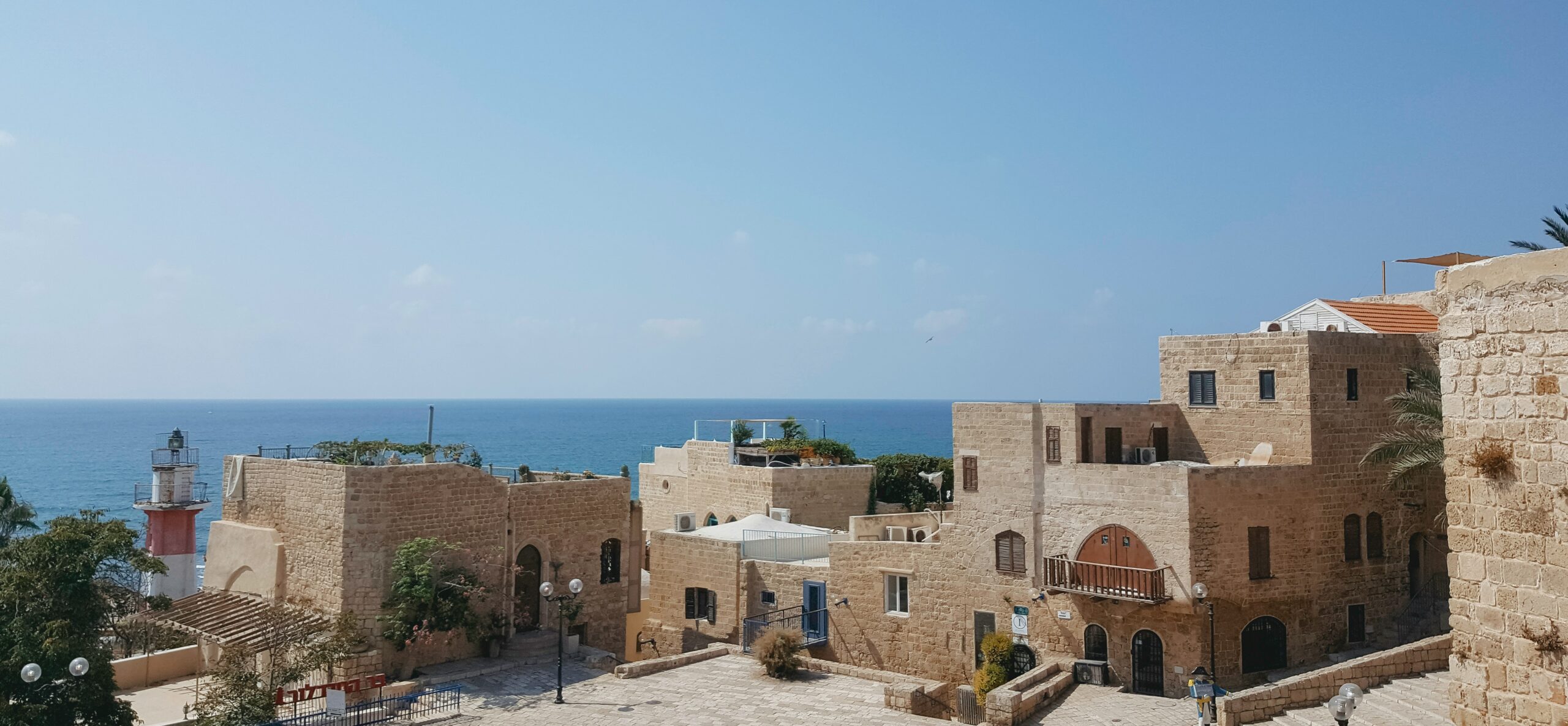Introduction to Nam Te and its Ethnic Diversity
Nam Te is a captivating region in Vietnam that showcases the unique blend of diverse ethnic cultures, making it a prominent highlight for cultural tourism in Vietnam. Nestled in serene landscapes, this area boasts a rich tapestry of ethnic villages, each with its own distinct traditions, languages, and lifestyles. The various ethnic groups residing in Nam Te, including the Tay, Hmong, Dao, and Kinh, contribute to a vibrant cultural mosaic that attracts travelers and researchers alike.
The Tay people, known for their agrarian lifestyle, predominantly inhabit the verdant valleys and areas along rivers. They practice traditional farming methods, including wet rice cultivation, which is integral to their culture and sustenance. The Hmong, on the other hand, are often recognized for their colorful attire and intricate embroidery, reflecting their artistic heritage and deep-rooted customs. The Dao community is equally fascinating, distinguished by their unique approach to herbal medicine and practices, enhancing the cultural richness of Nam Te.
This region’s ethnic diversity manifests not only in the daily lives of its inhabitants but also in their festivals, music, and culinary traditions. Each festival is a celebration of communal identity, where ancient rituals are performed, songs are sung, and traditional dishes are prepared, providing travelers with authentic cultural experiences. The intermingling of these various groups fosters a spirit of coexistence and mutual respect, further enhancing the allure of visiting ethnic villages in Vietnam.
As travelers delve into the intricacies of Nam Te’s ethnic fabric, they uncover the stories that bind the communities together. This dynamic region serves as a testament to Vietnam’s cultural heritage, allowing one to appreciate the diversity within its borders. Through exploration of its ethnic villages, visitors gain invaluable insights into the customs and traditions that define this enchanting area, making Nam Te a compelling destination for cultural enthusiasts.
Top Ethnic Villages to Visit in Nam Te
Nam Te is known for its rich tapestry of cultural tourism Vietnam, characterized by its diverse ethnic villages that showcase unique traditions and lifestyles. Among the most captivating villages, Muong Hoa Valley stands out, located in the heart of the northern region. Famous for its stunning rice terraces, it also serves as a cultural hub where visitors can immerse themselves in the vibrant local culture. Engaging with the H’mong and Dao communities here provides a unique insight into their customs, with opportunities to participate in traditional festivals, like the Lunar New Year, where colorful celebrations dance across the valley.
Another must-visit is Ta Van village, home to the Giay ethnic group. Nestled amidst picturesque landscapes, this village offers a blend of natural beauty and cultural heritage. Visitors can explore traditional stilt houses and learn about the weaving techniques that have been passed down through generations. A stop at Ta Van also allows travelers to sample local cuisine, such as “thang co,” a traditional dish made from horse meat, which reflects the culinary diversity of ethnic villages in Vietnam.
For those interested in historical significance, the village of Sa Pa should not be overlooked. It serves as a gateway to the surrounding ethnic communities, including the Tay and Day groups. The village is renowned for its breathtaking views of Mount Fansipan and its local market, where artisans display their crafts—a perfect opportunity for visitors to appreciate local craftsmanship firsthand. Engaging in a cooking class or joining a guided trek through the terraced fields enhances the experience of cultural tourism Vietnam.
Overall, these ethnic villages are not merely destinations; they are cultural landscapes that embody the essence of Vietnam’s ethnic diversity. Participating in local life, from the bustling festivals to quiet craft sessions, allows travelers to treasure the authentic experiences that each village proudly offers.
Experiencing Local Culture: Festivals and Traditions
Nam Te, renowned for its captivating ethnic villages in Vietnam, offers a rich tapestry of festivals and traditions that reflect the diverse cultural heritage of its inhabitants. Visitors to this enchanting region can immerse themselves in a variety of cultural events that celebrate the unique identities of the local communities. These festivals often showcase traditional dances, music performances, and colorful costumes, serving as a vibrant display of the region’s history and artistry.
One of the most notable festivals is the Spring Festival, which marks the lunar new year. Celebrated with great enthusiasm, this festival includes a blend of rituals and festivities such as lion dances, food offerings, and ancestor worship. Participants come together to share in traditional meals, fostering a sense of community spirit that is deeply rooted in the cultural tourism Vietnam promotes. Another important event is the Harvest Festival, which pays homage to the agricultural practices of the ethnic villagers. This festival features games, music, and traditional folk dances that capture the essence of rural life in Vietnam.
Engaging with the local culture during these events presents an excellent opportunity for visitors to appreciate the traditions upheld by the ethnic villages in Vietnam. It is essential, however, for travelers to approach these experiences with respect and sensitivity. Understanding the significance of rituals, asking for permission before photographing participants, and adhering to local customs can greatly enhance one’s journey. Tourists are encouraged to participate in activities such as crafting workshops or cooking classes, allowing them to gain firsthand knowledge of the traditions while promoting sustainable cultural tourism. By doing so, visitors not only enjoy a richer travel experience but also contribute positively to the preservation of Nam Te’s vibrant heritage.
Environmental and Economic Impact of Tourism in Ethnic Villages
The growth of cultural tourism in Vietnam, particularly in ethnic villages like those in Nam Te, has had a profound impact on both the economy and the environment. On one hand, tourism has provided essential economic benefits for these rural communities, generating income and employment opportunities. The influx of visitors encourages local artisans to preserve traditional crafts, while local businesses such as homestays, restaurants, and tour services can thrive. This influx of capital allows for better infrastructure, such as roads and schools, which improves the overall quality of life for residents.
However, the rapid rise in tourism also presents challenges that need to be addressed. The increase in visitor numbers can lead to environmental degradation, including waste accumulation, deforestation, and disruption of local wildlife. Ethnic villages in Vietnam are often characterized by their unique landscapes and biodiversity, which are susceptible to damage from an unregulated tourism economy. Cultural erosion is another concern, where traditional practices may be diluted to cater to tourists’ expectations, threatening the very identity that draws visitors to these villages.
To mitigate these adverse effects, implementing sustainable tourism practices is crucial. This approach aims to balance the need for economic development with the preservation of cultural heritage and the environment. Developing guidelines for responsible tourism can help educate visitors about the local culture and environment, promoting respectful interactions. Community-based tourism initiatives can empower local residents, ensuring that they have a stake in tourism benefits while fostering a sense of pride in their cultural identity.
Ensuring the sustainability of tourism in ethnic villages is an ongoing challenge, necessitating the collaboration of local communities, government, and travelers. In pursuing a more responsible form of cultural tourism in Vietnam, it is critical to safeguard these communities for future generations, while still allowing visitors to experience the hidden charms of Nam Te.














